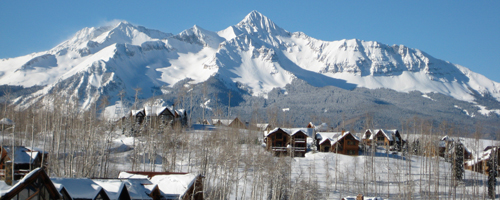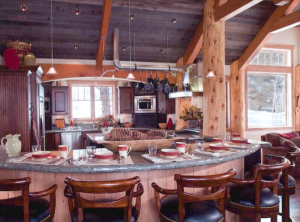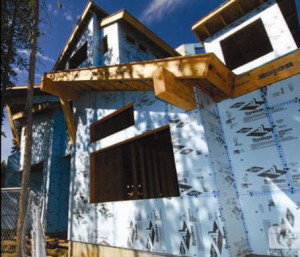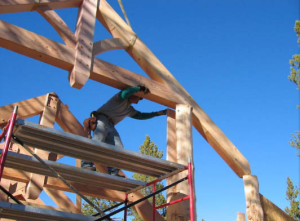The journey of building Breckenridge’s First Net Zero home by design-build firm Trilogy Partners didn’t ignore details from the inside and outside. The design needed to fit the upscale look of the homeowners in the Timber Trail neighborhood.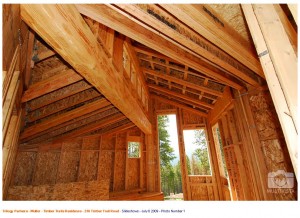
One of the first challenges was how to work with a beautiful and intricate architecture and meet the goal of a zero energy home.
One of our partners on the project was Andy Walker and Renee Azerbegi of Denver’s Ambient Energy, which provided an analysis of how much energy is needed to power the home’s lighting, heating, cooling and other daily living needs.
“Our greatest challenge was making a significantly-sized home energy efficient and renewably powered,” Renee says.
They determined how to reduce the life cycle energy use of the home and save more than $58,000 in energy costs over the life of the home.
They calculated how to provide 100 percent of the house’s energy use fro on-site renewable energy systems, with a combination of a large solar electric PV array and a geo exchange system for space heating.
Check back later this week for details about how the framing made the home as energy efficient as possible.










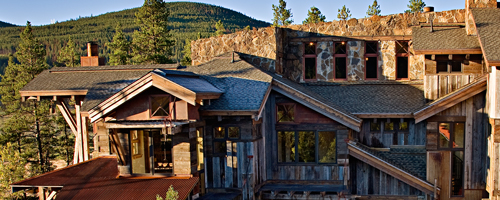 We build homes for people who appreciate a high level of detail and creativity. This home at 265 Long Ridge Drive is located on the Breckenridge Jack Nicklaus Golf course. Currently for sale, it features 2 stunning master suites and a much sought after location. 300 day a year of sun, world class golf out the back door and all the amenities combined with Trilogy craftsmanship make this a one of a kind, world class mountain retreat.
We build homes for people who appreciate a high level of detail and creativity. This home at 265 Long Ridge Drive is located on the Breckenridge Jack Nicklaus Golf course. Currently for sale, it features 2 stunning master suites and a much sought after location. 300 day a year of sun, world class golf out the back door and all the amenities combined with Trilogy craftsmanship make this a one of a kind, world class mountain retreat.